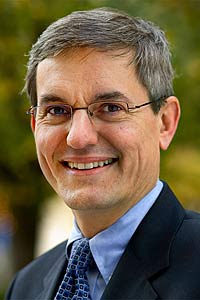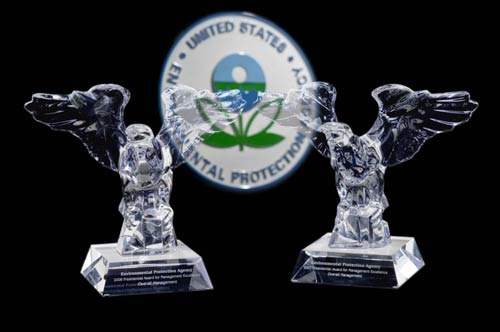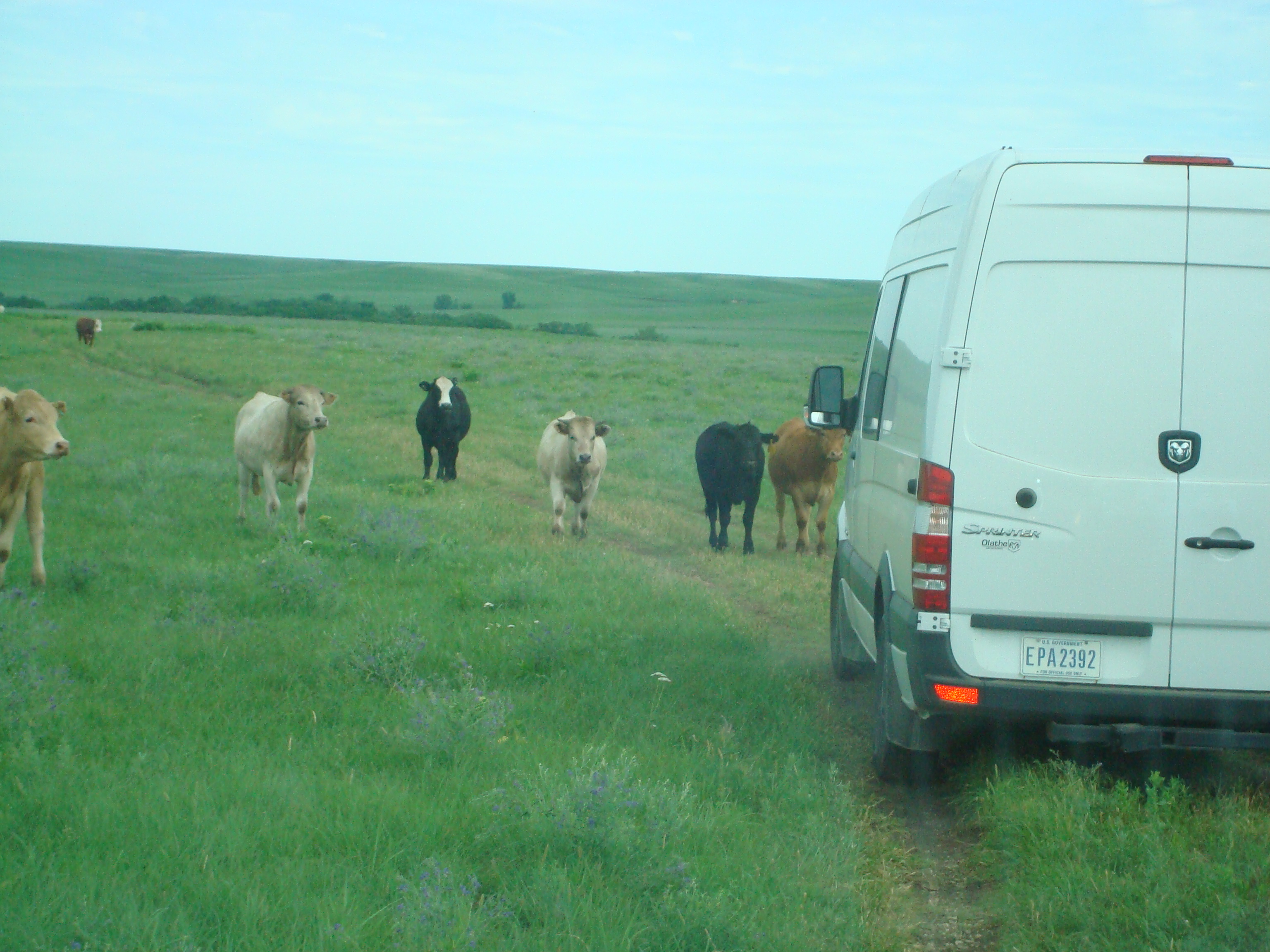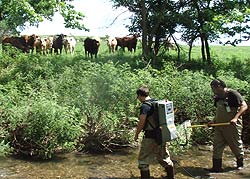What Next?
Wednesday, January 21st, 2009 Each week we write about the science behind environmental protection. Previous Science Wednesdays.
Each week we write about the science behind environmental protection. Previous Science Wednesdays.
About the Author: Aaron Ferster is the science writer-editor in EPA’s Office of Research and Development, and the Science Wednesday Editor.
A few weeks ago I noticed the crosswalk I traverse to get from the office to the local coffee joint had a fresh coat of deep red paint. Then its dingy, frayed stripes were replaced with new ones, screaming white and perhaps twice as wide as the originals. It was shortly after that that grandstands and a big viewing platform along Pennsylvania Avenue outside my downtown office building began to appear. And yesterday, a million porta-potties were installed along the cross streets.

Washington, DC is bracing for a big party.
Preparations for the Presidential Inaugural parade and other festivities are in full swing. It’s an exciting time to be working here. Clearly, that excitement is also being felt in other places, because I’ve been getting lots e-mails from out-of-town friends asking me what’s going on around town.
They also ask how much different I expect my job to be once the up-coming “changing of the guard” is complete. Good question. But as this is my first Presidential transition while here at EPA, I can’t really predict.
It’s easier to be certain about what I know won’t change. As a science writer, I fully expect to continue to work with lots of busy scientists and engineers to communicate what they do, and why it’s important. Science and research play a critical role in helping EPA meet its primary mission: protecting the natural environment and safeguarding human health.
Lisa P. Jackson, President Obama’s choice for EPA Administrator, said “science must be the backbone of what EPA does” during her confirmation hearing before the U.S. Senate. Exciting stuff, and I’m eager to help tell the EPA science story. But first I’ll be meeting a few million of my closest friends at a parade.

 Marcus Peacock is EPA’s Deputy Administrator. This speech was
Marcus Peacock is EPA’s Deputy Administrator. This speech was 
 The silly season is finally over for my staff. No more traveling to small towns off the beaten path. No more chatting with folks at the grain elevator or eating chicken-fried steak smothered in gravy. No more coaxing the locals (of the four hoof variety) to shift their stance to the right or to the left. We won’t be back this way for another 4 years.
The silly season is finally over for my staff. No more traveling to small towns off the beaten path. No more chatting with folks at the grain elevator or eating chicken-fried steak smothered in gravy. No more coaxing the locals (of the four hoof variety) to shift their stance to the right or to the left. We won’t be back this way for another 4 years. A bit of parting wisdom for all of you future volunteers… I guarantee you getting a cow to change its position is tougher than getting a person. Just look at how distrustful these cows were of Shawn and Bray. They just wanted them to MOOOOOOOve on. Send all requests about the NRSA to
A bit of parting wisdom for all of you future volunteers… I guarantee you getting a cow to change its position is tougher than getting a person. Just look at how distrustful these cows were of Shawn and Bray. They just wanted them to MOOOOOOOve on. Send all requests about the NRSA to  As a baseball “nut,” I’ve been blessed. I grew up outside of Pittsburgh and rooted for the Pirates of Roberto Clemente. I also had great affection for a bunch of “Bums” from Brooklyn, including the courageous Jackie Roosevelt Robinson. In my adult years, I became a New York Mets fan. All’s right in my world when baseball is being played at Shea.
As a baseball “nut,” I’ve been blessed. I grew up outside of Pittsburgh and rooted for the Pirates of Roberto Clemente. I also had great affection for a bunch of “Bums” from Brooklyn, including the courageous Jackie Roosevelt Robinson. In my adult years, I became a New York Mets fan. All’s right in my world when baseball is being played at Shea.